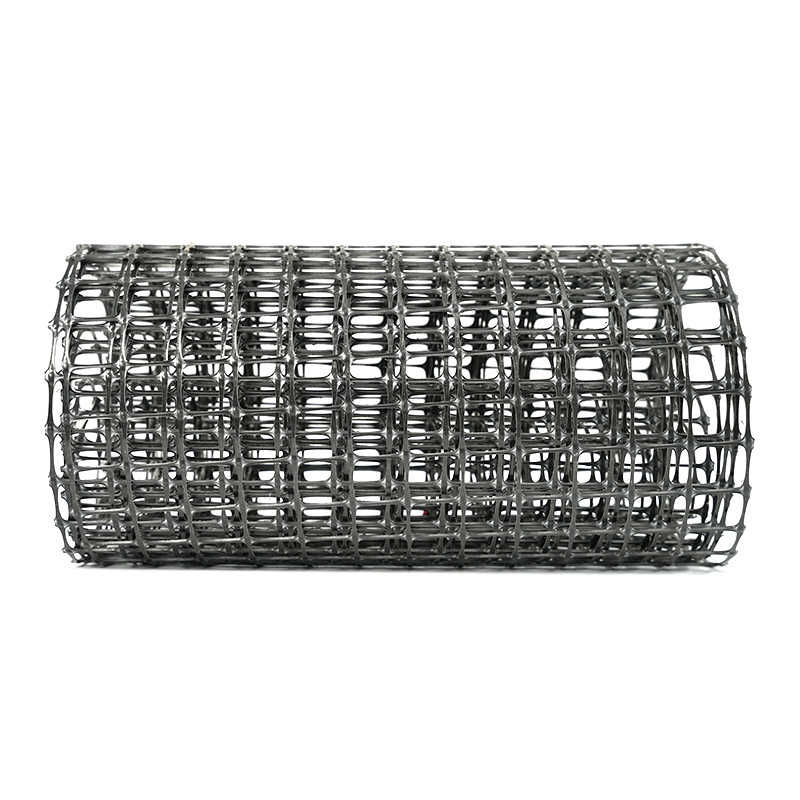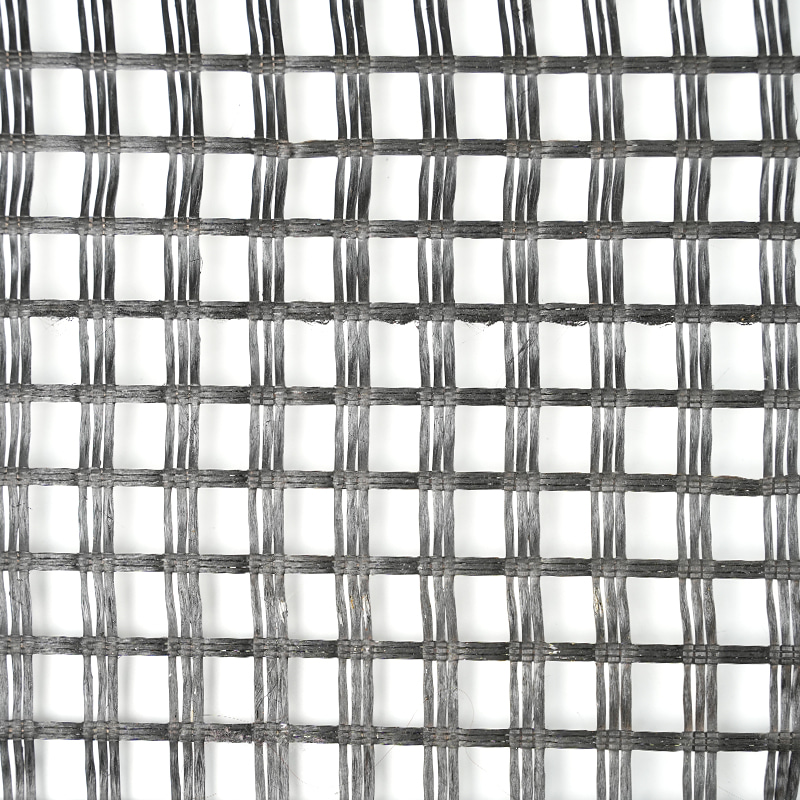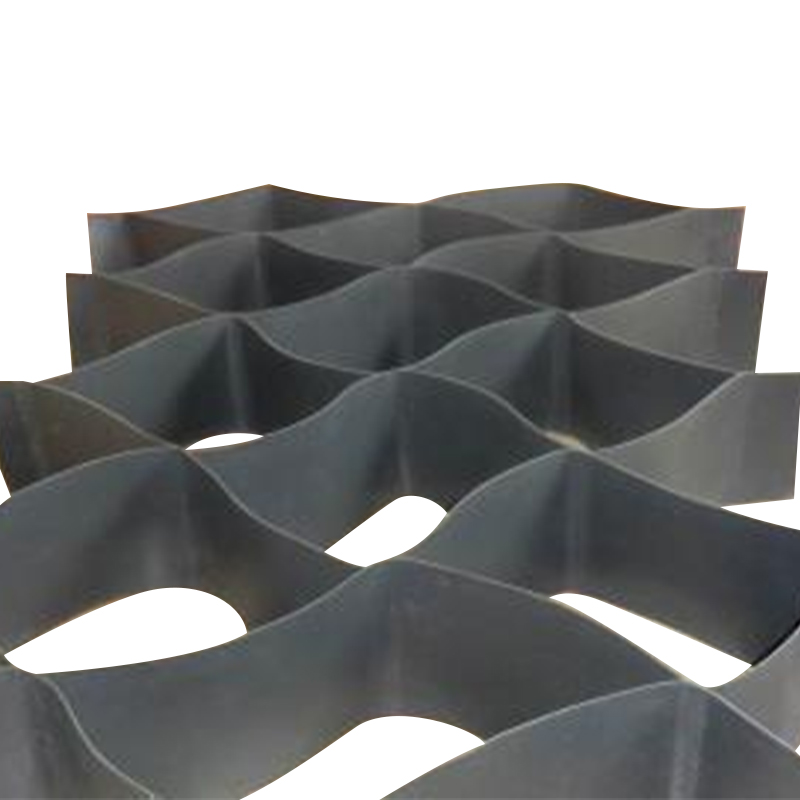Core Roles of Geogrid Equipment in Geosynthetic Systems
1. Reinforcement and Strengthening: Geogrid forms reinforcing ribs within the soil through its grid structure, significantly improving the tensile and shear strength of the soil, achieving reinforcement and strengthening effects in projects such as roadbeds, embankments, and retaining walls.
2. Load Dispersion: By forming a uniform stress network on the load-bearing surface, it can distribute the load of the superstructure to a larger area of the subgrade, reducing local settlement and improving overall stability.
3. Enhanced Durability: Made of materials such as polymers, glass fibers, or chemical fibers, Geogrid possesses excellent corrosion resistance and weather resistance, enabling it to function effectively in harsh environments for extended periods.
How to select the appropriate Geogrid equipment based on project scale and soil conditions?
Key Steps for Selecting Geogrid Equipment Based on Project Scale and Soil Conditions
1. Define Project Requirements
Determine the project type (road, embankment, foundation pit, etc.)
Assess design loads, service life, and budget constraints.
2. Conduct a Detailed Geotechnical Investigation
Obtain soil parameters such as particle size distribution, density, friction angle, and cohesion through on-site sampling and laboratory testing.
Determine soil type (sand, clay, gravel layer) and the presence of weak layers or soft foundations.
3. Match Geogrid Type
Unidirectional Tensile Geogrid: Suitable for directions requiring increased tensile strength, such as transverse reinforcement of road base courses.
Bidirectional Tensile Geogrid: Provides a more balanced reinforcement effect in situations requiring multi-directional restraint (embankments, slopes).
Composite Geogrid (steel-plastic, fiberglass, etc.): Selected for high-strength or special environments (corrosive, low-temperature).
4. Determine Geometric Parameters
Mesh size, strip width, thickness, and tensile strength must meet the safety factor calculated in the design. Large-scale projects (such as highways and railways) typically select high-strength, wide-strip Geogrid to meet greater load requirements.
5. Considering Environmental and Construction Factors
Site temperature, humidity, and chemical corrosivity (such as saline-alkali soil) affect material durability, necessitating the selection of Geogrid with appropriate protective coatings.
The accessibility of construction equipment and the laying method (mechanical or manual) determine the required Geogrid specifications and packaging.
6. Comprehensive Cost and Benefit Assessment
Compare the purchase cost and construction costs of the Geogrid itself with the reduced substrate treatment costs and extended service life resulting from reinforcement, selecting the most cost-effective solution.
Content



 中文简体
中文简体 русский
русский عربى
عربى













